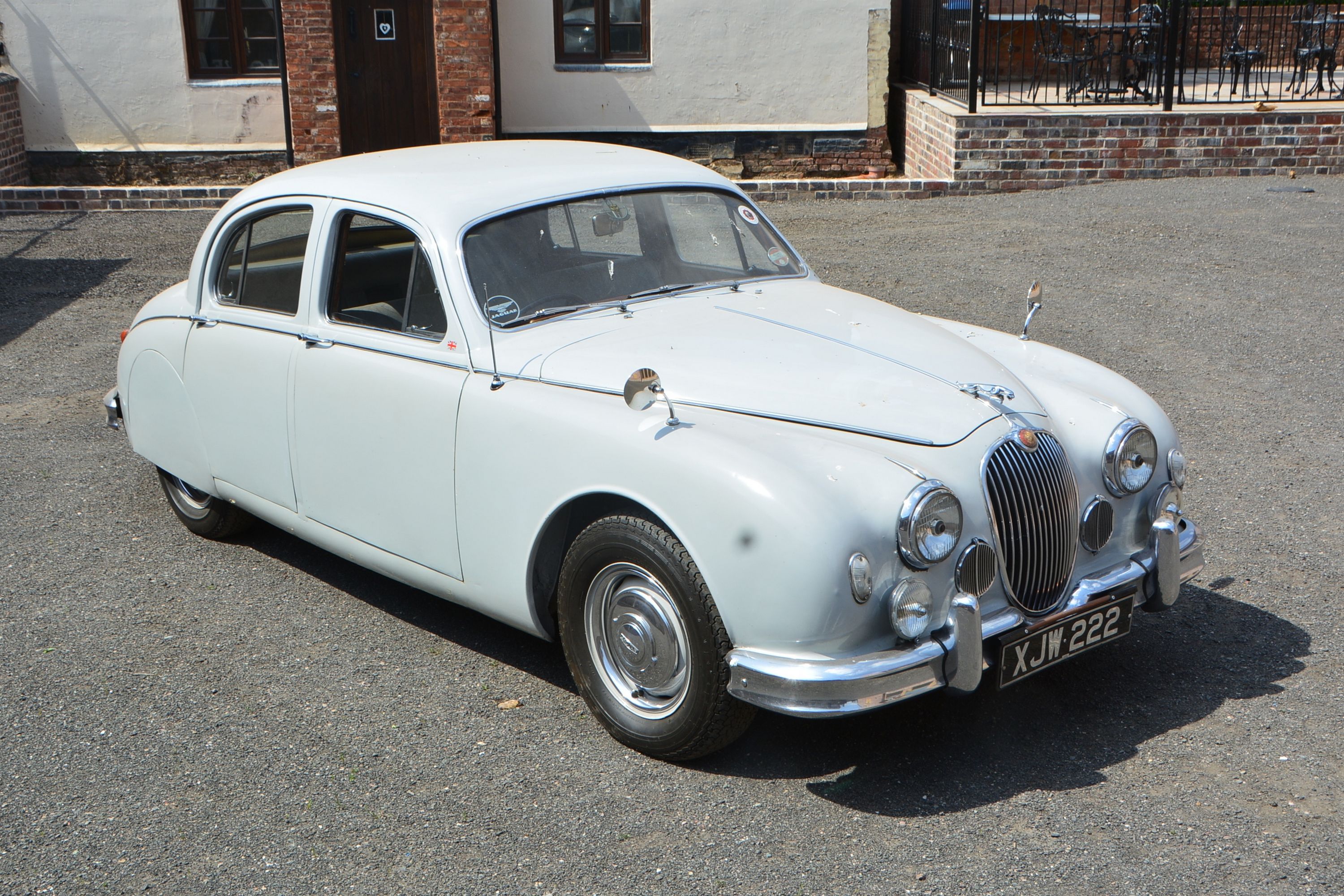
Click Here for Full Screen Image - Click Here to Download Image
 |  | 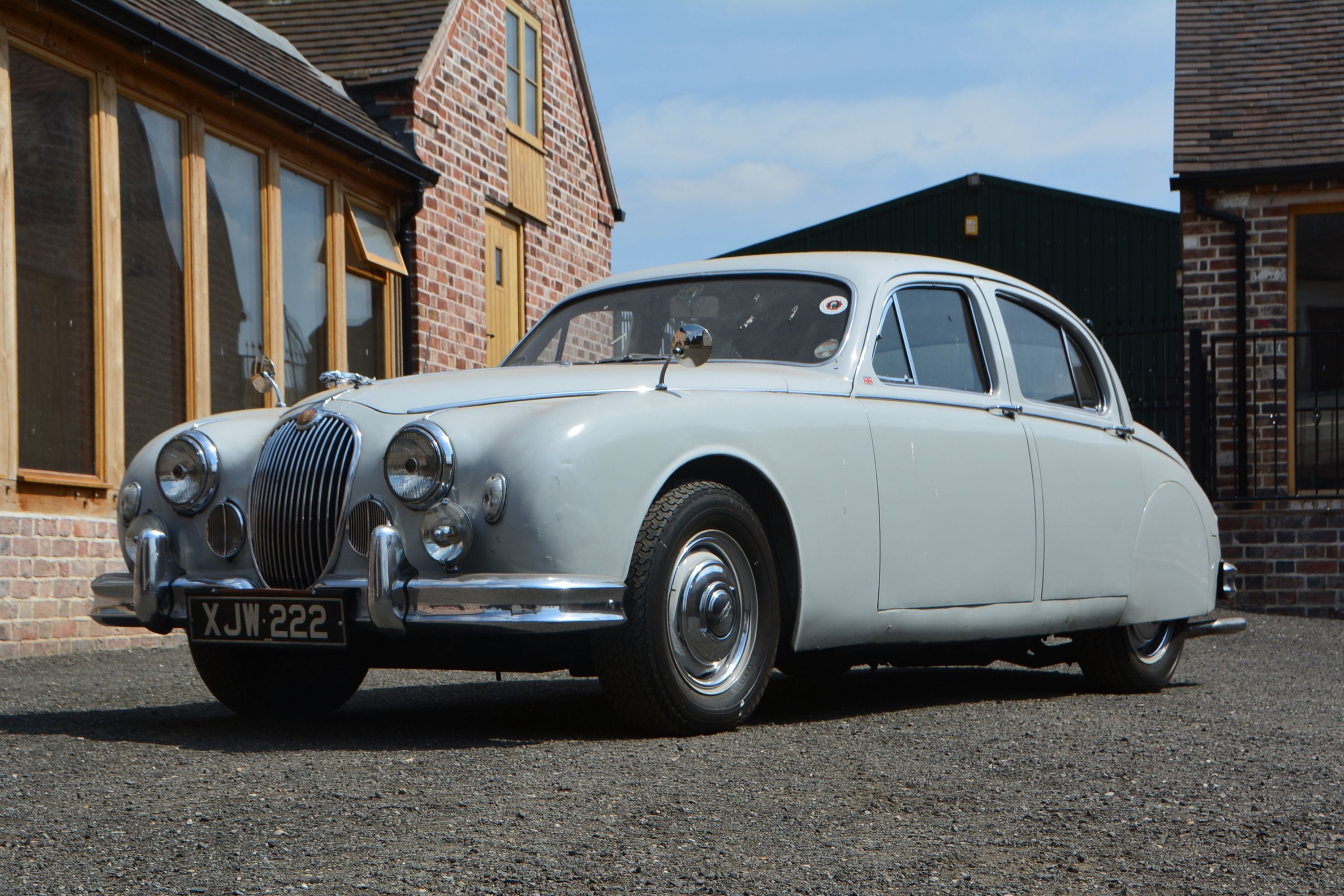 | 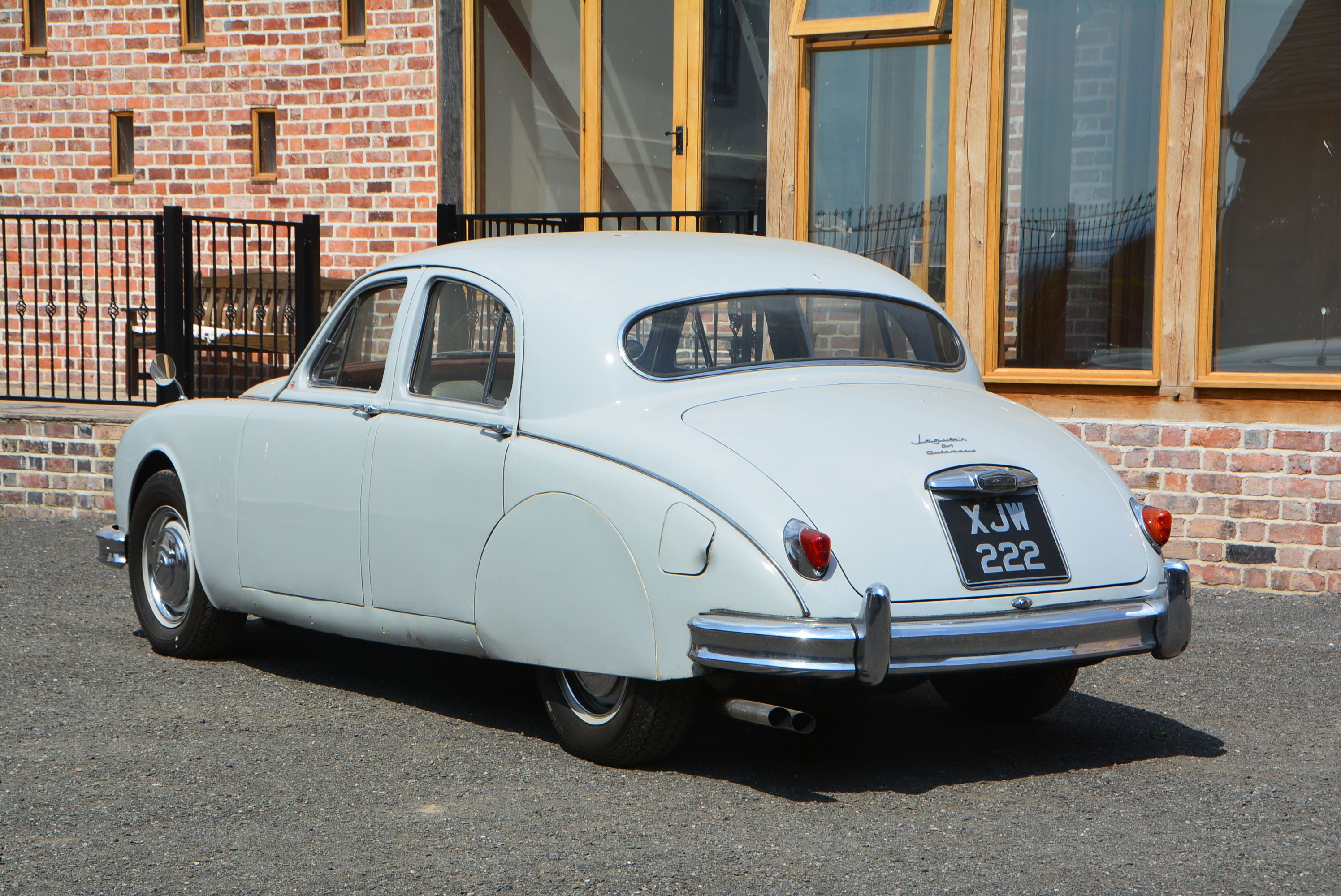 |  | |||||
 | 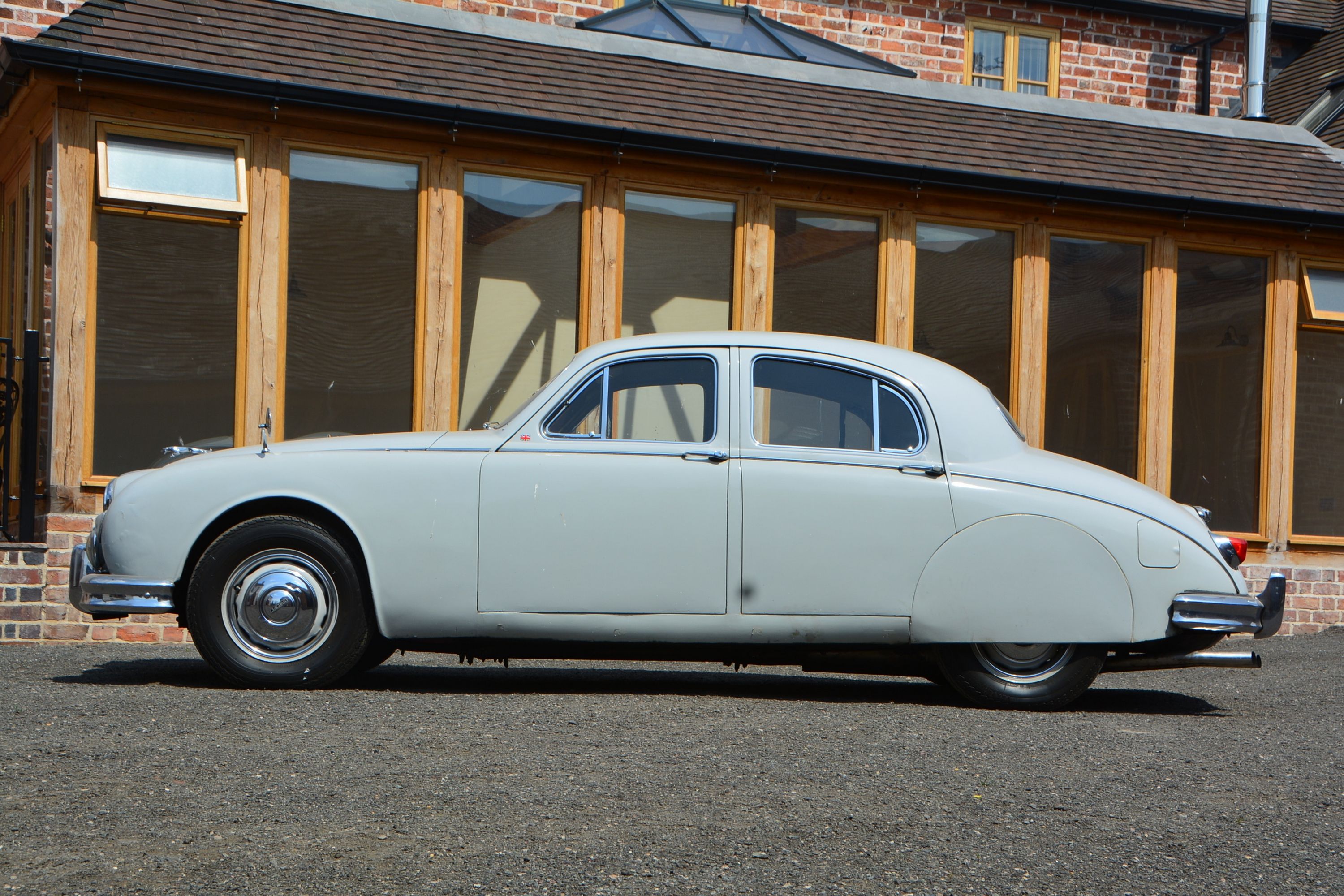 | 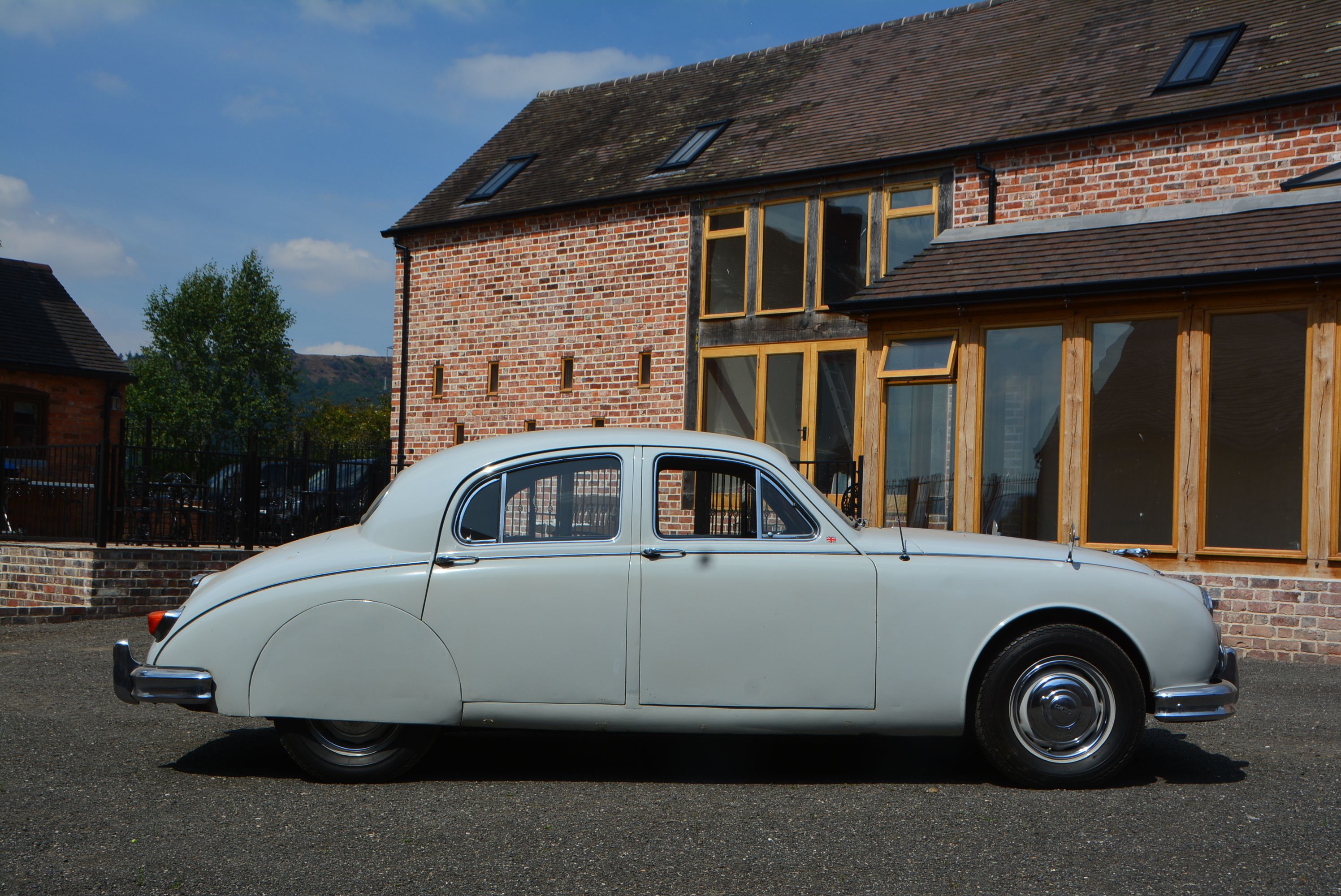 | 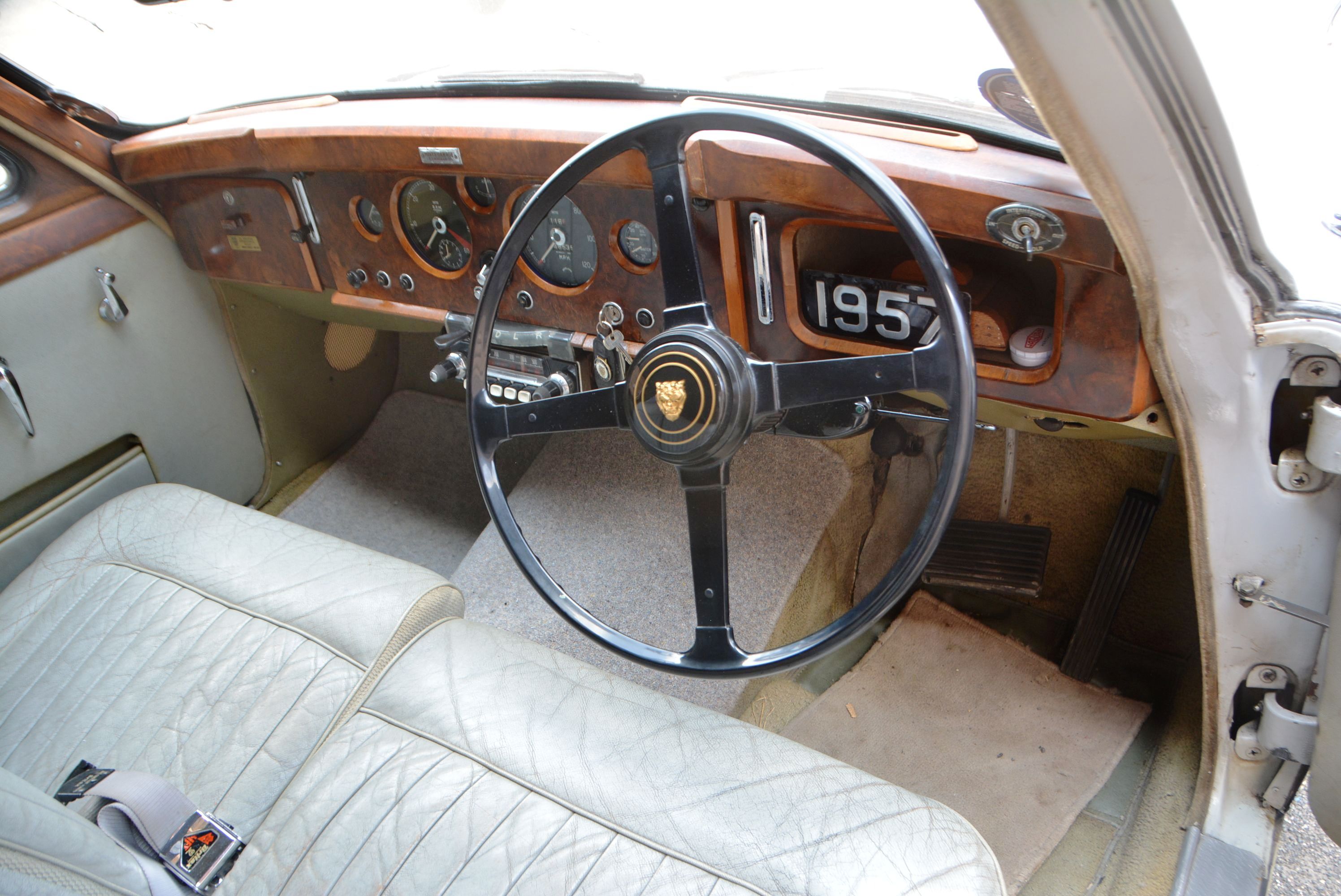 | 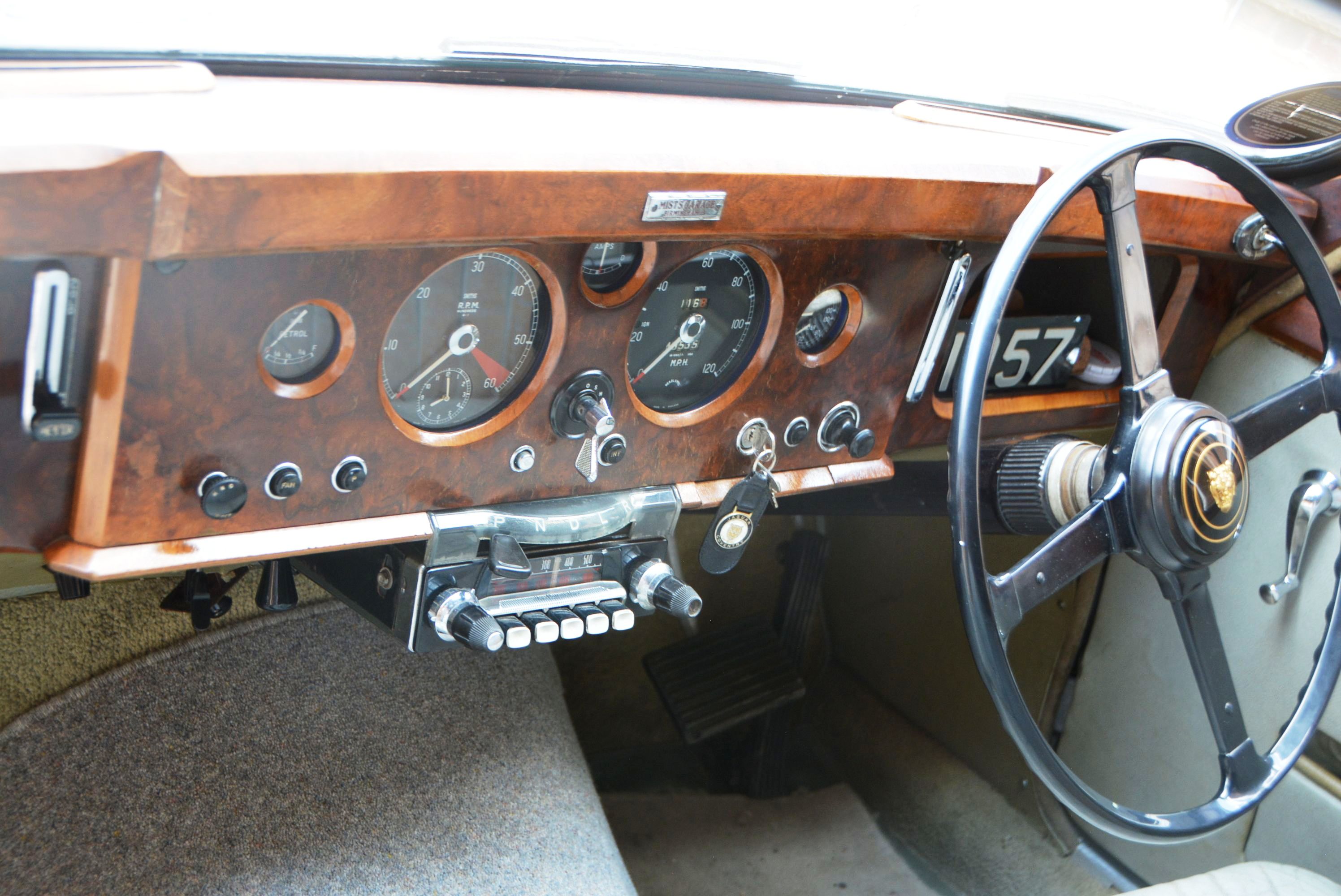 | |||||
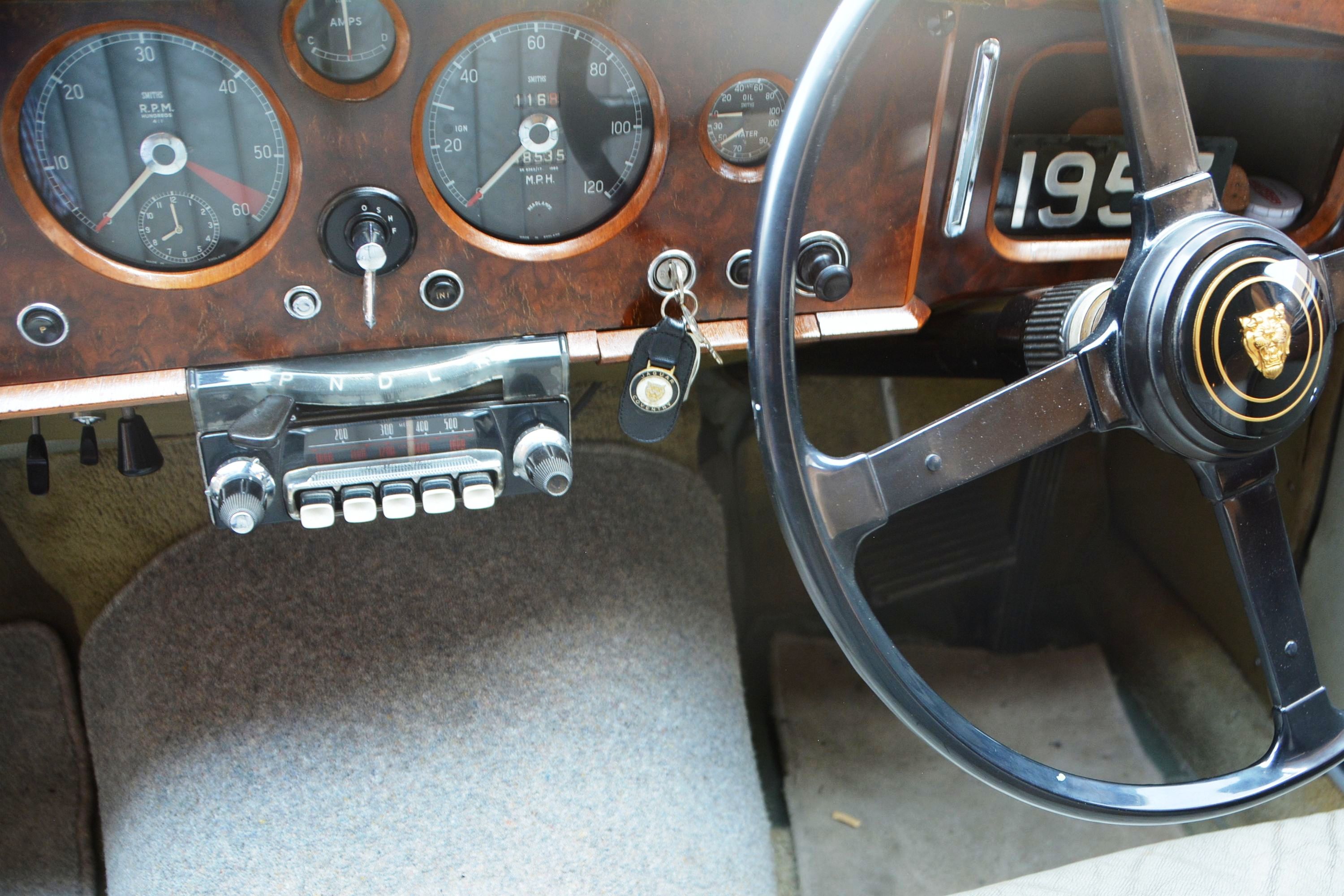 | 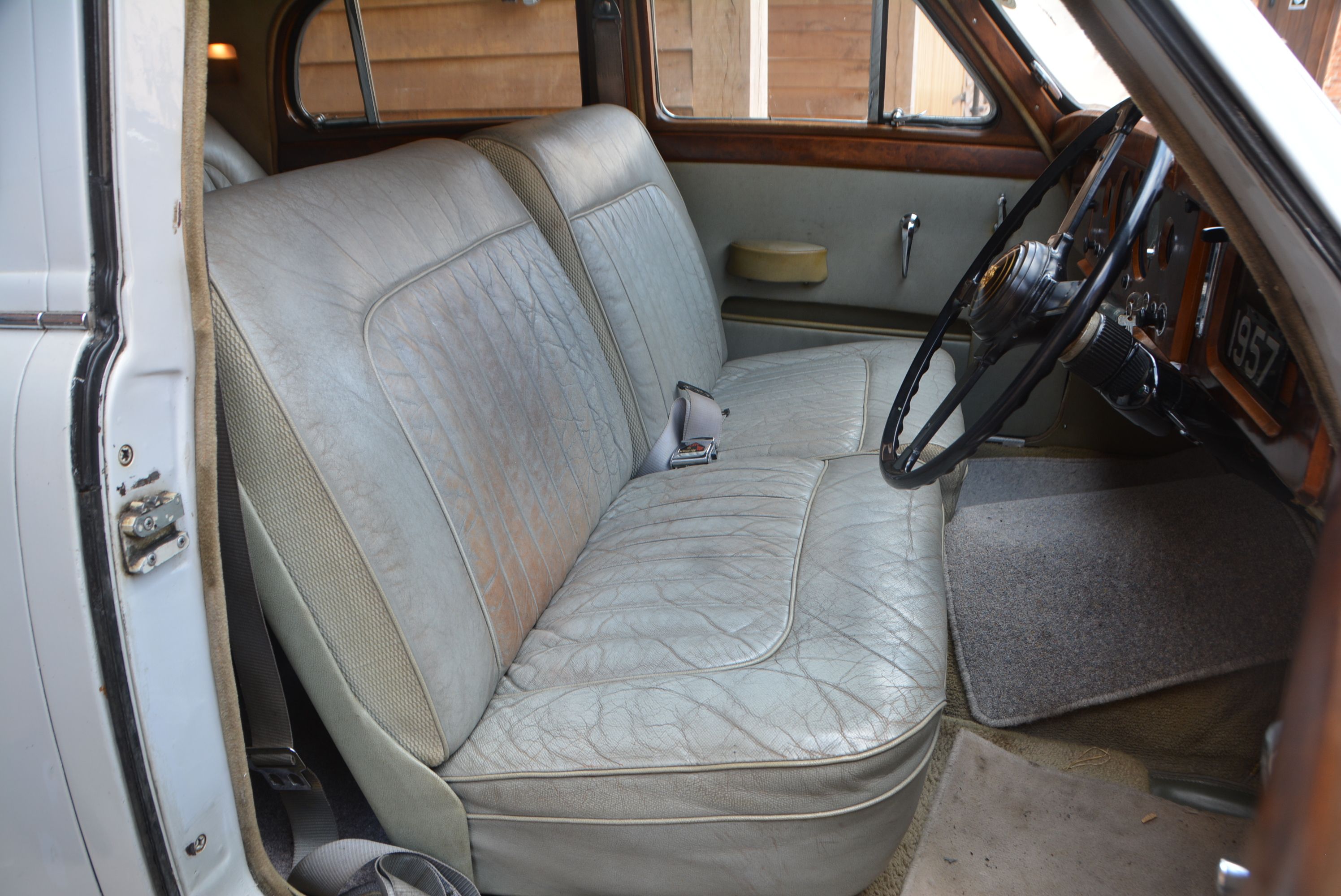 |  | 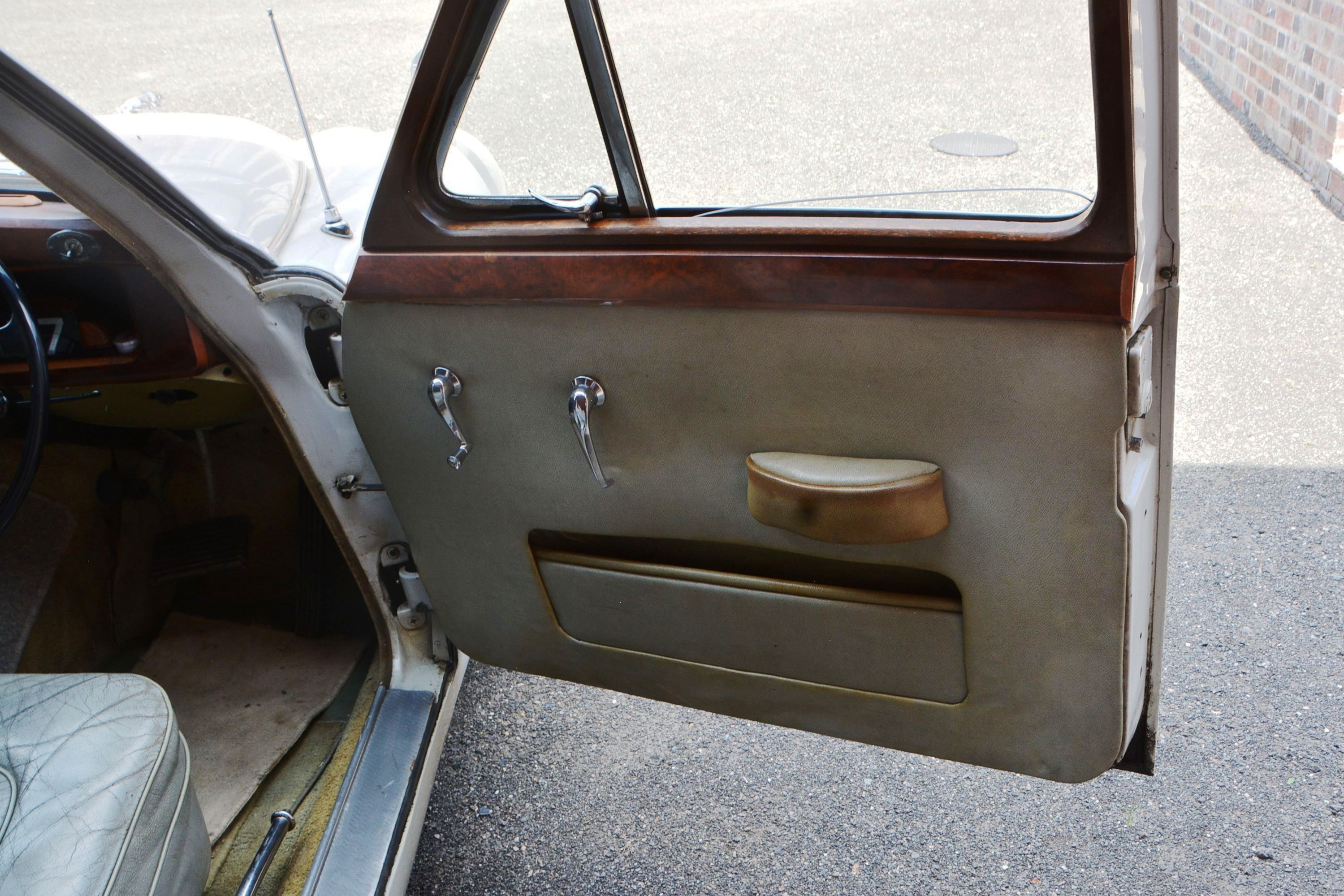 |  | |||||
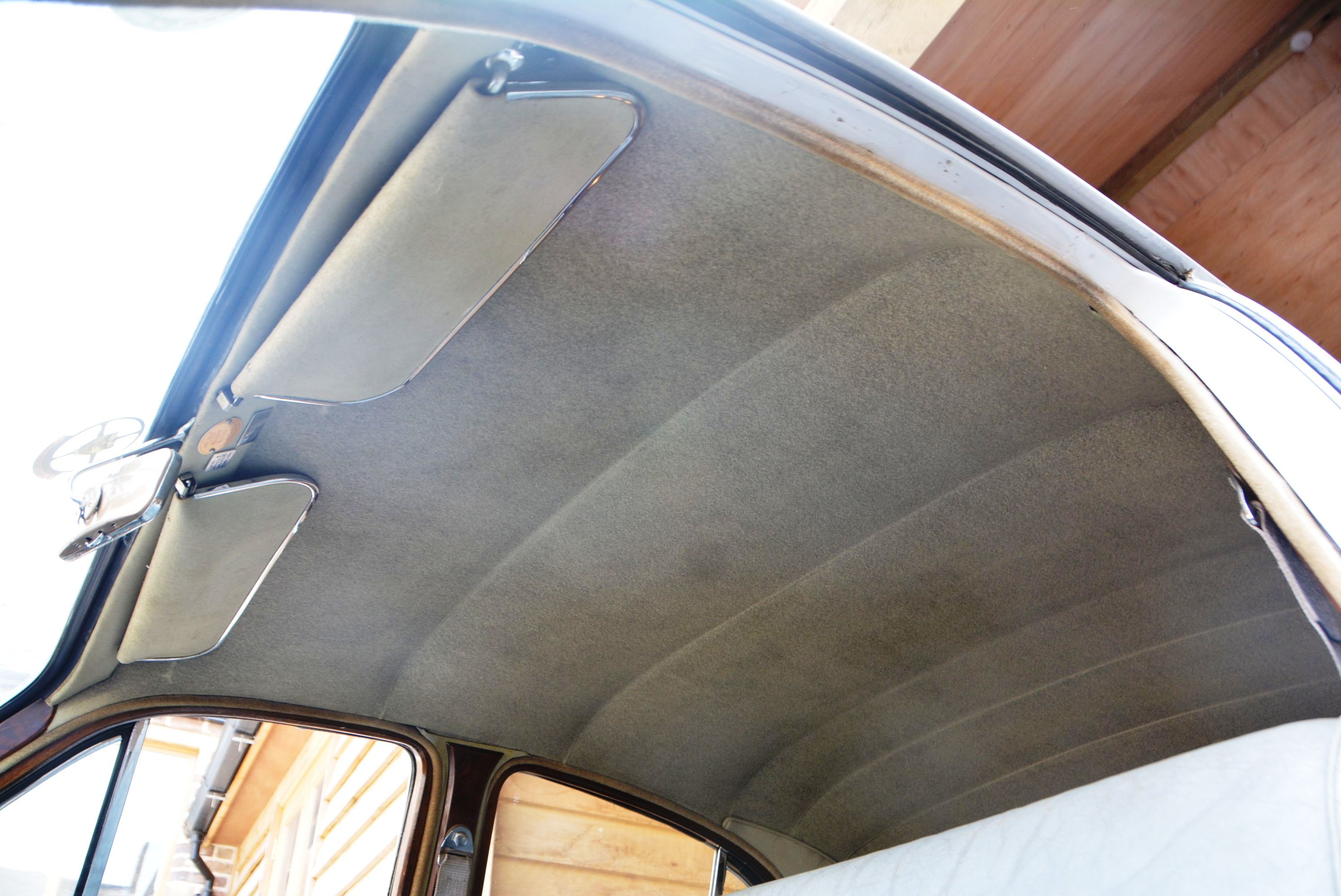 | 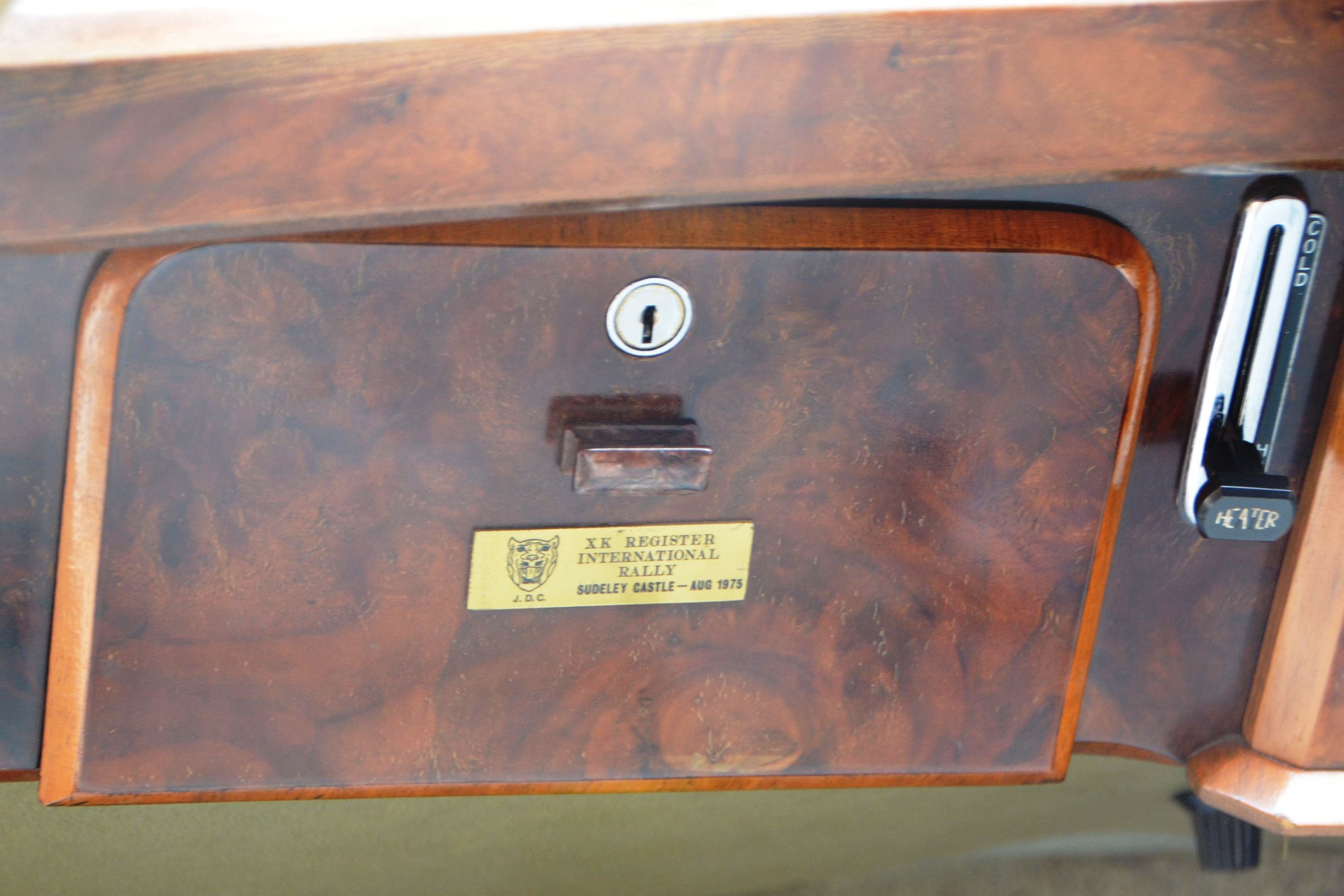 | 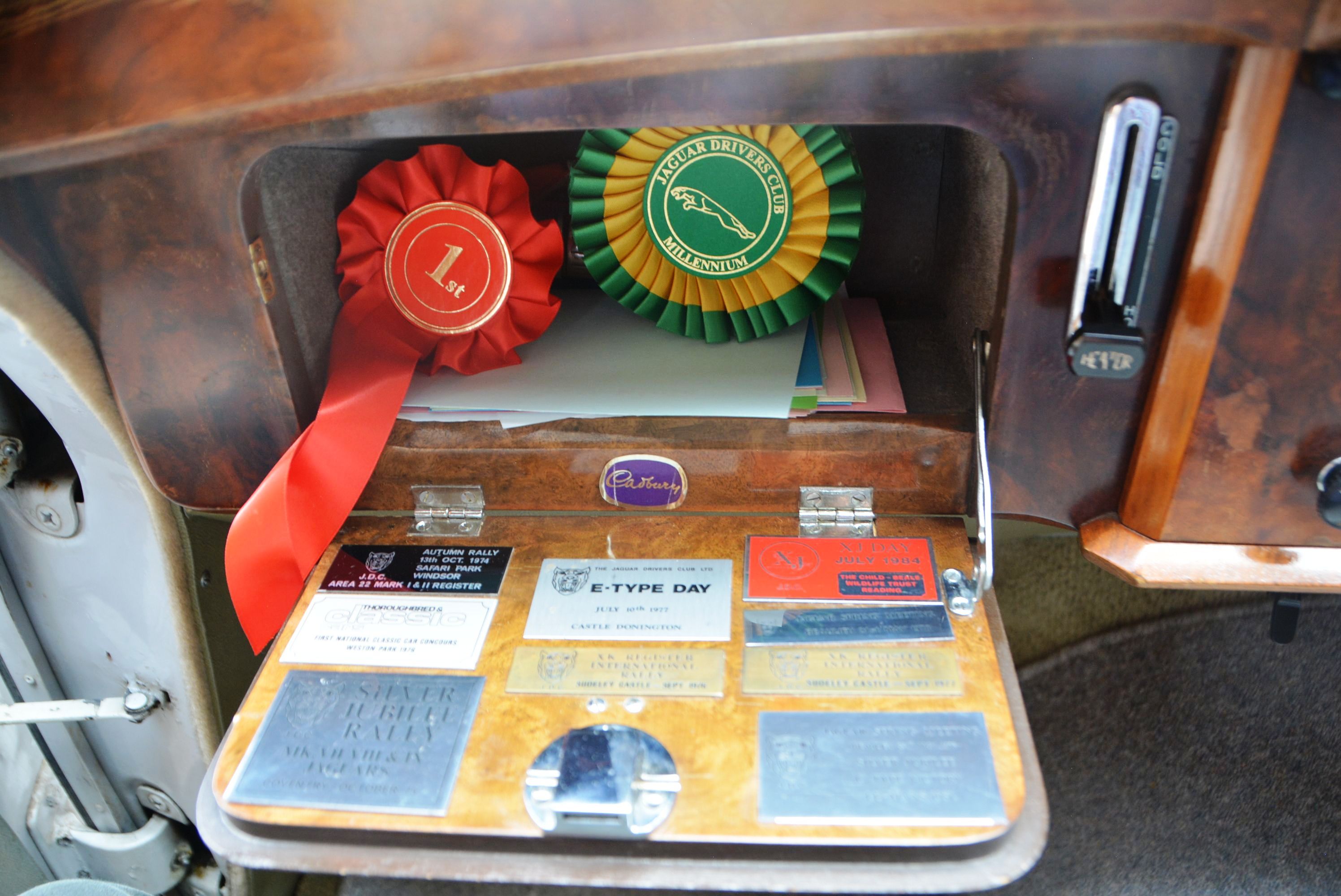 | 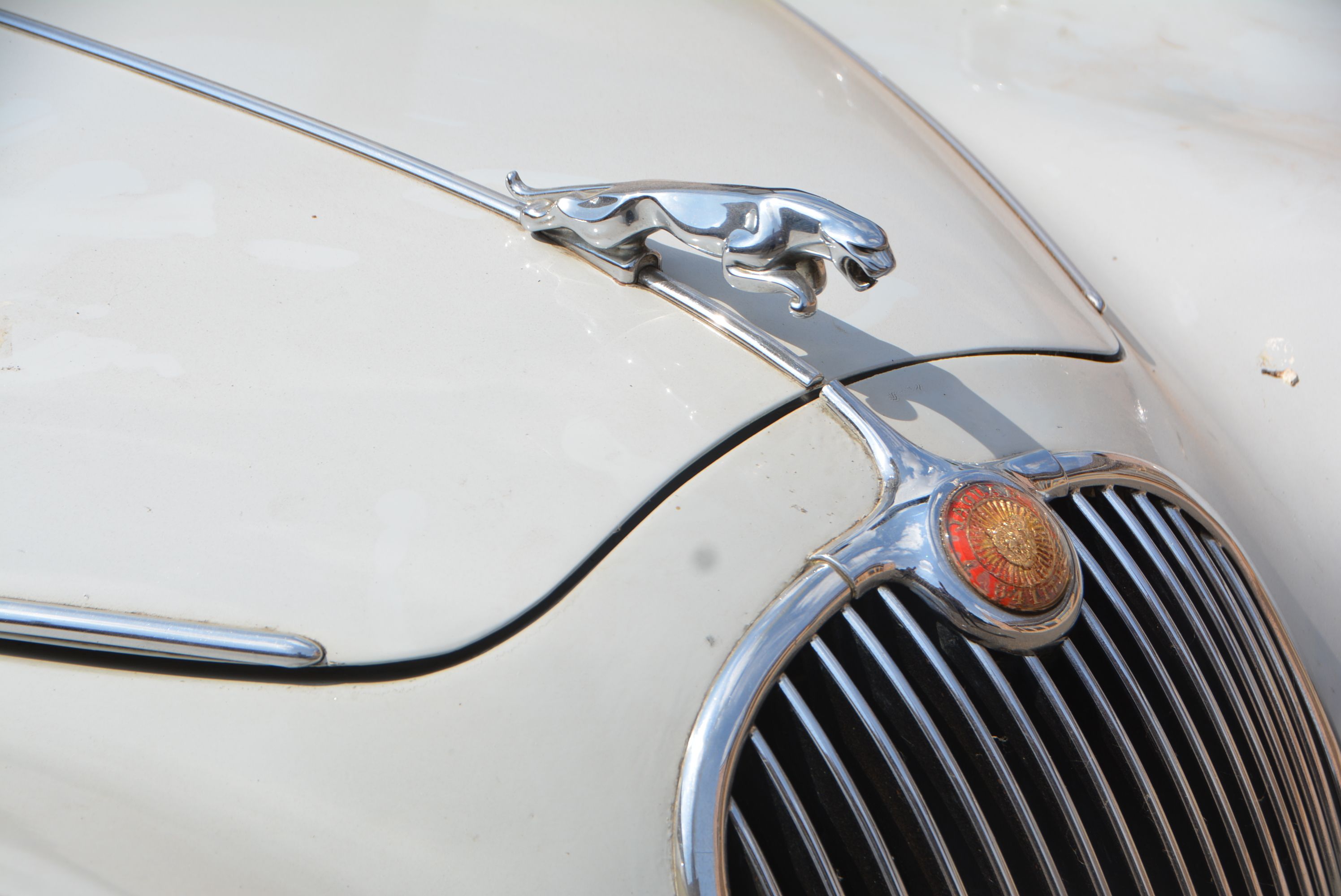 | 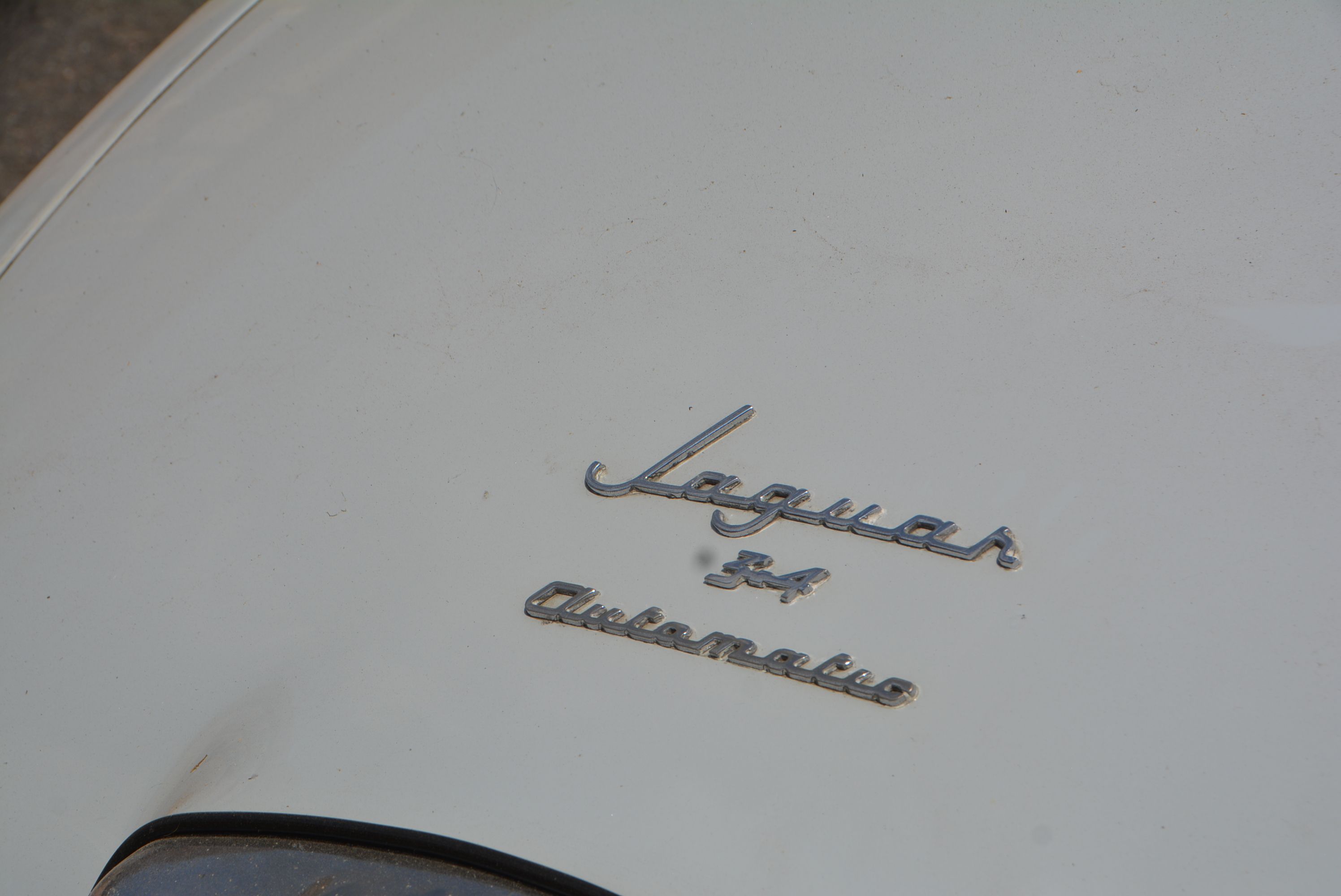 | |||||
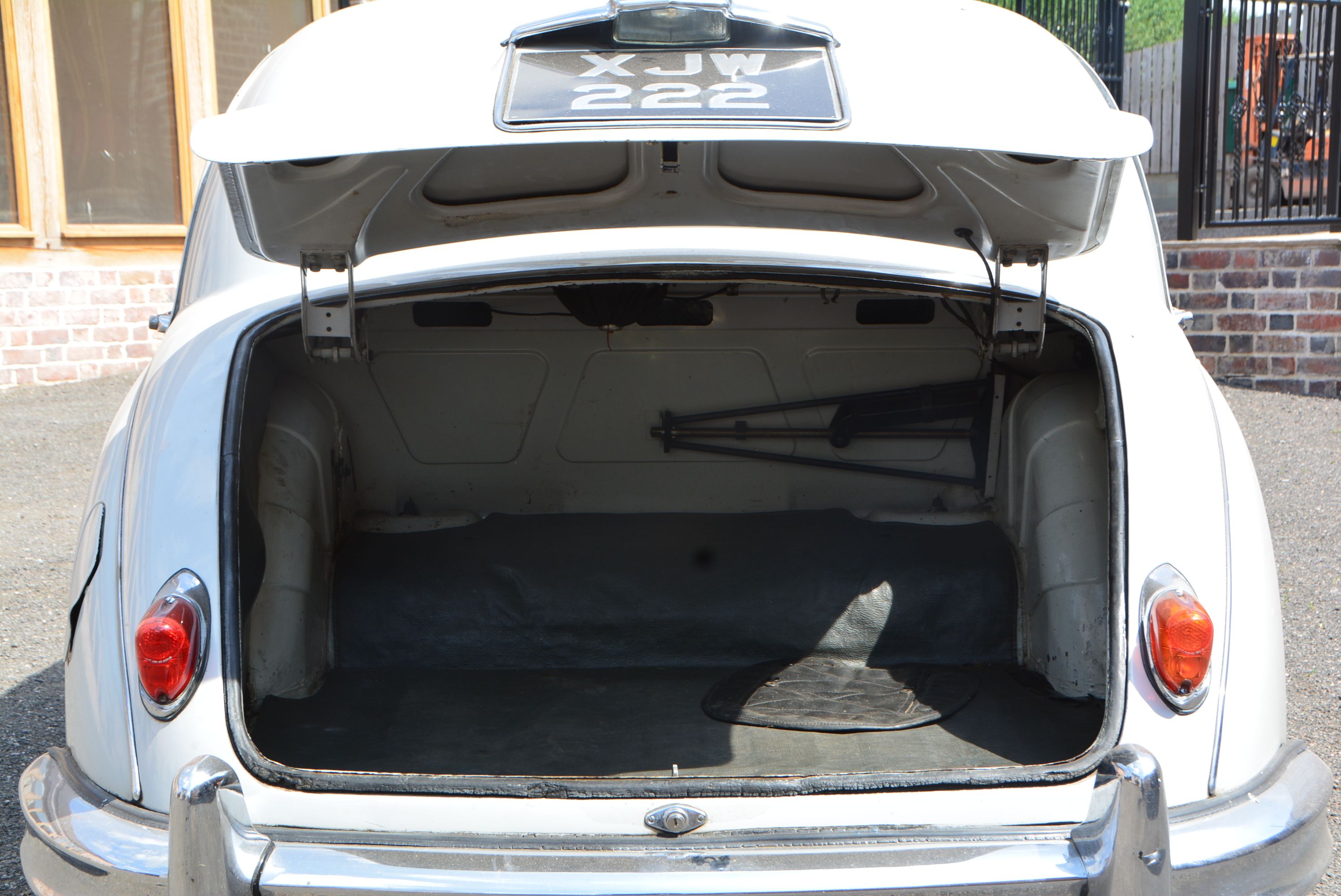 |  | 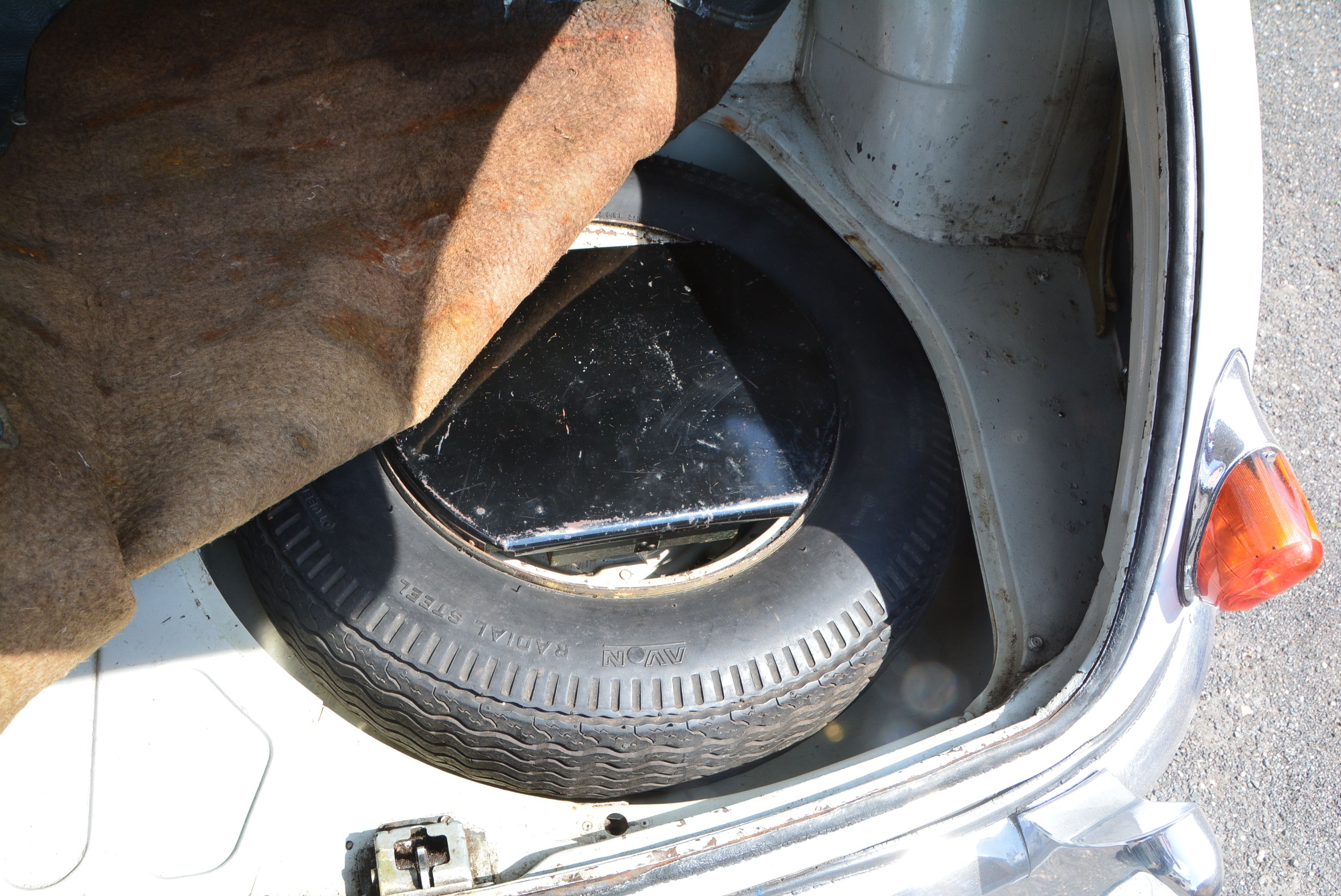 | 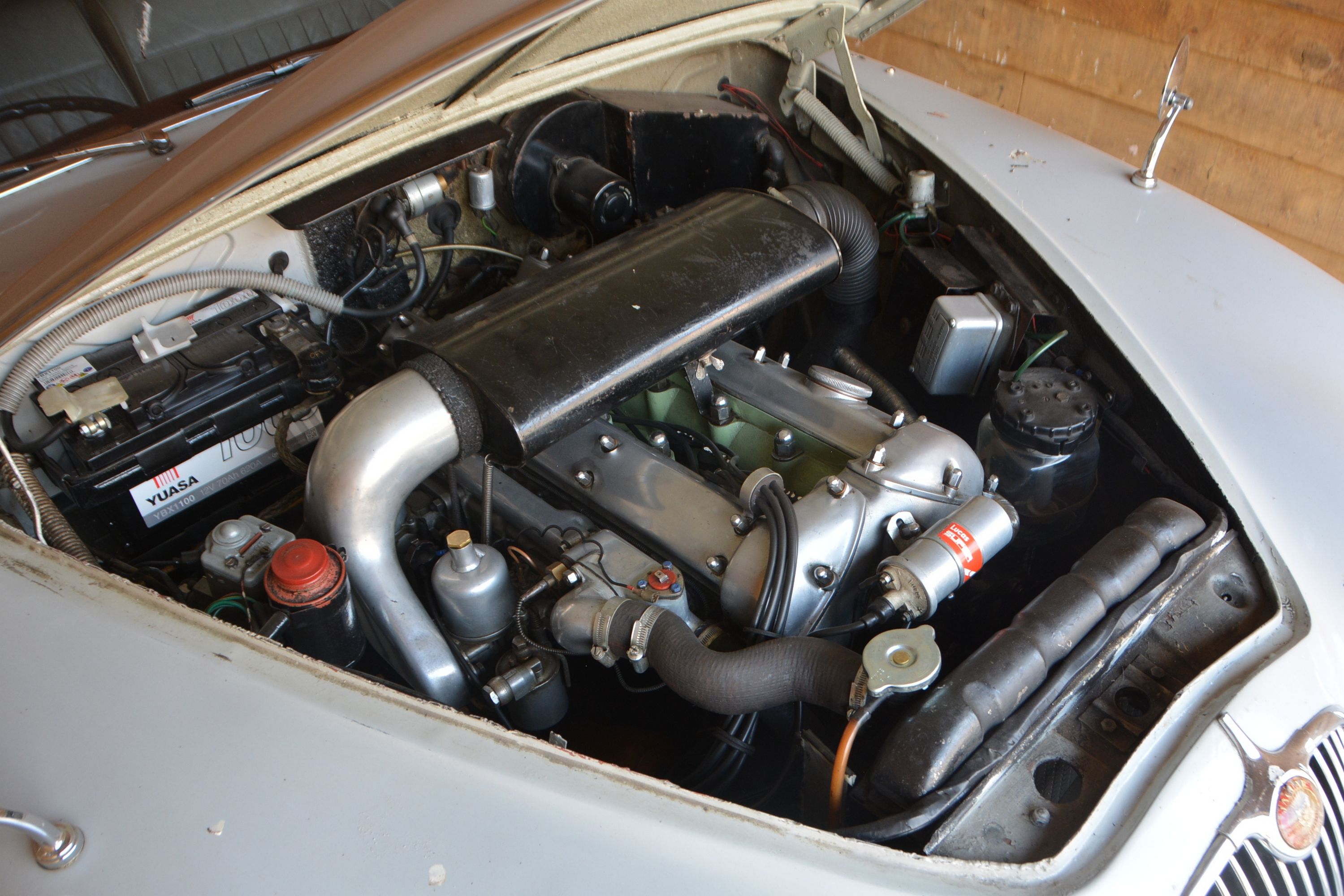 | 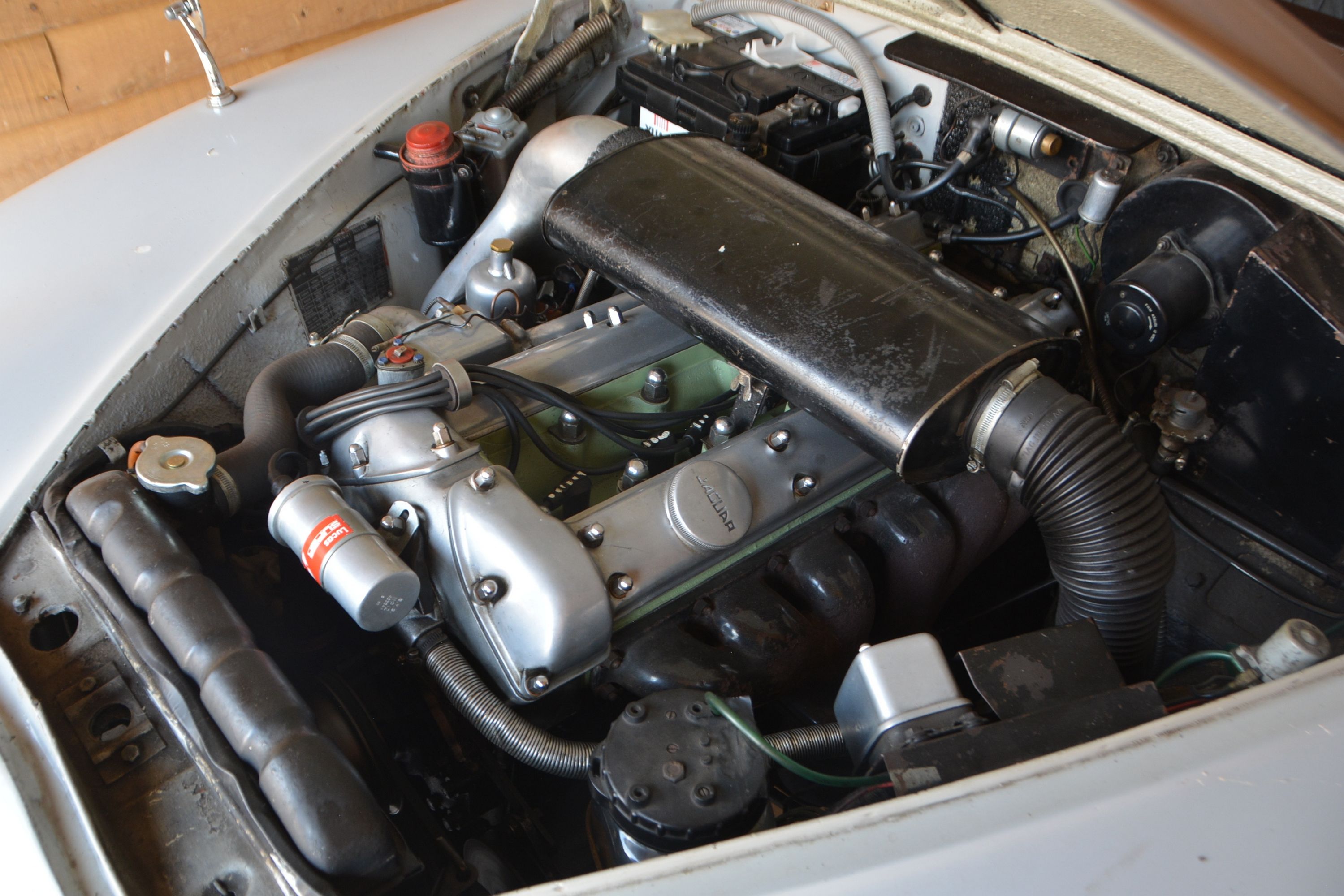 | |||||
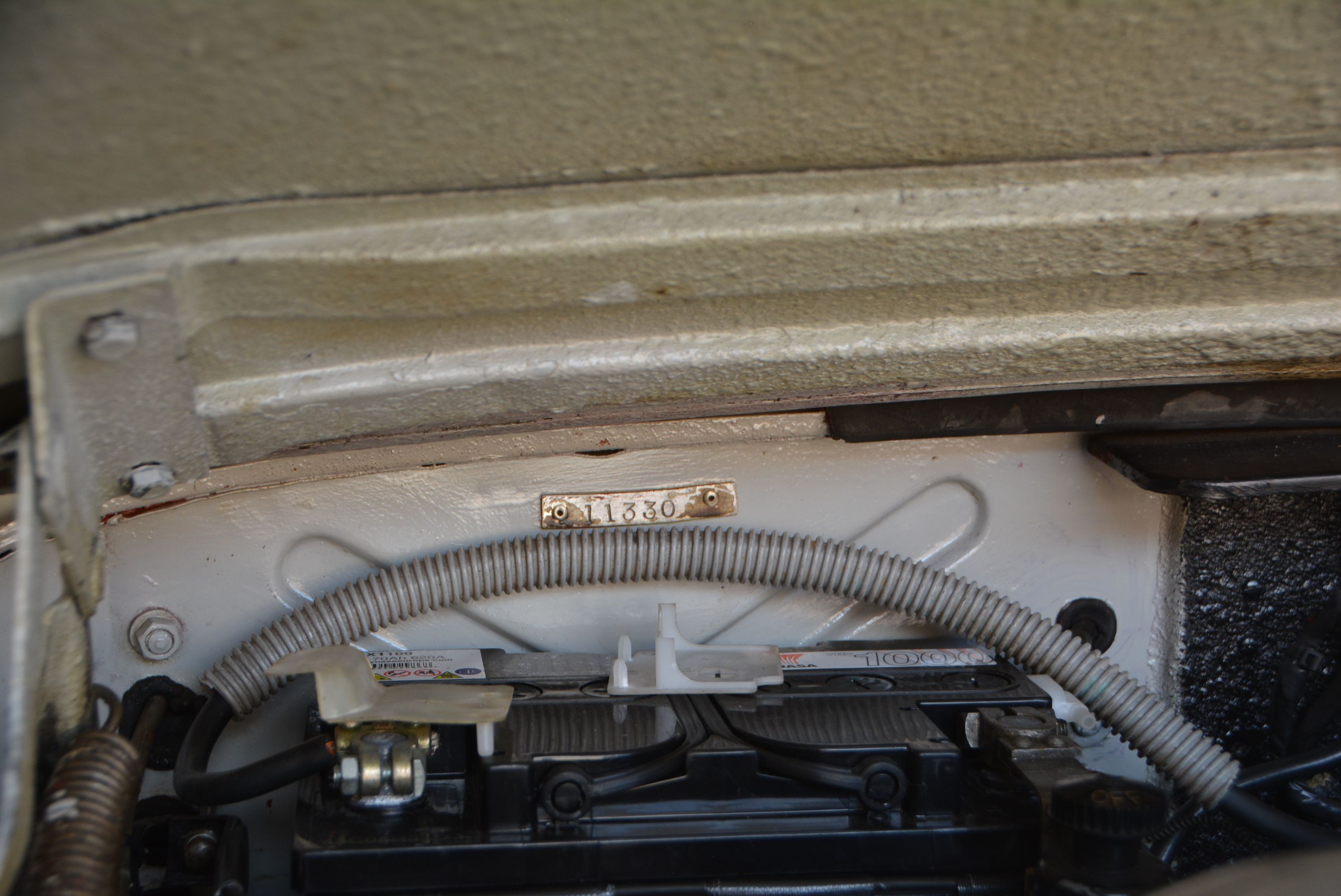 | 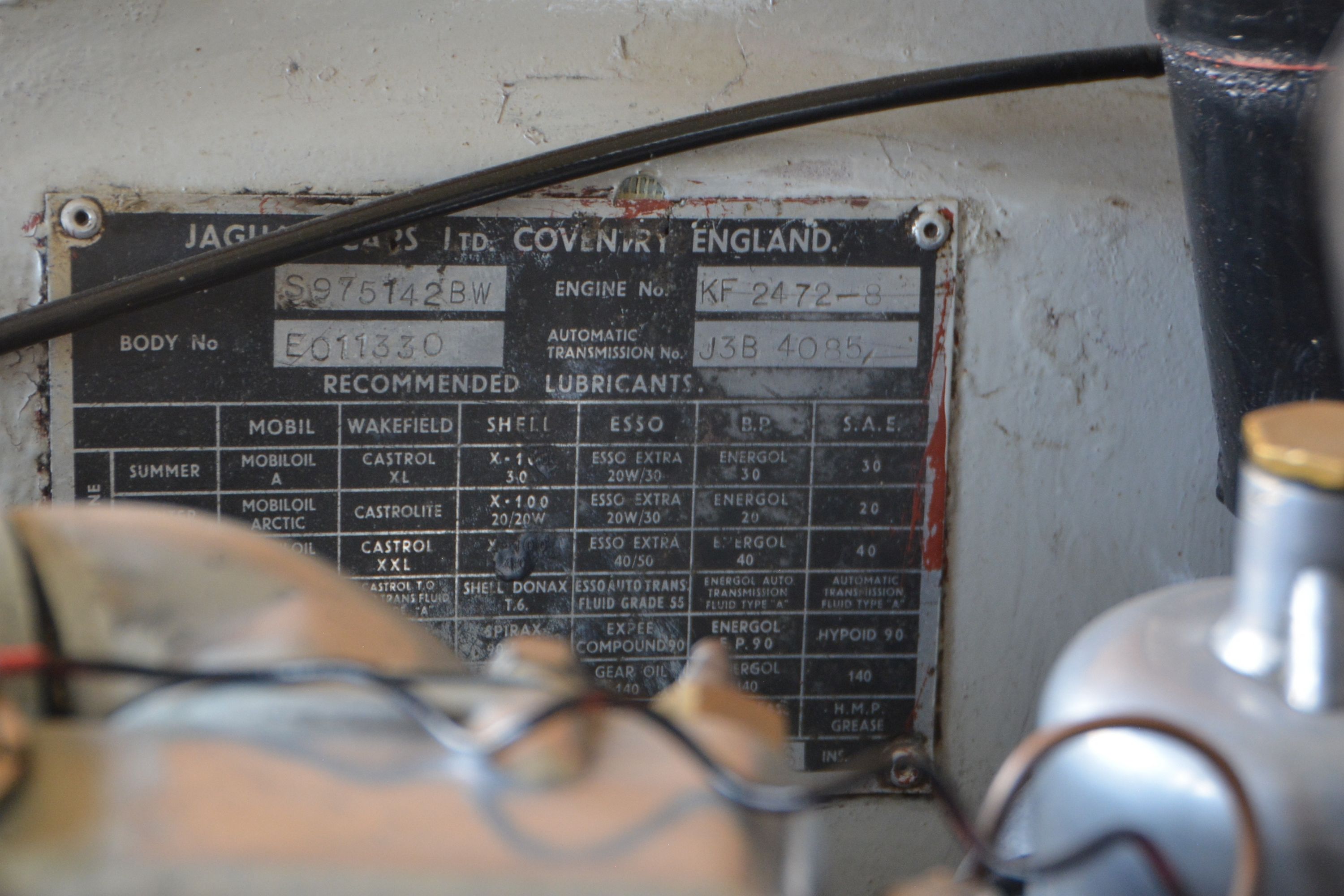 | 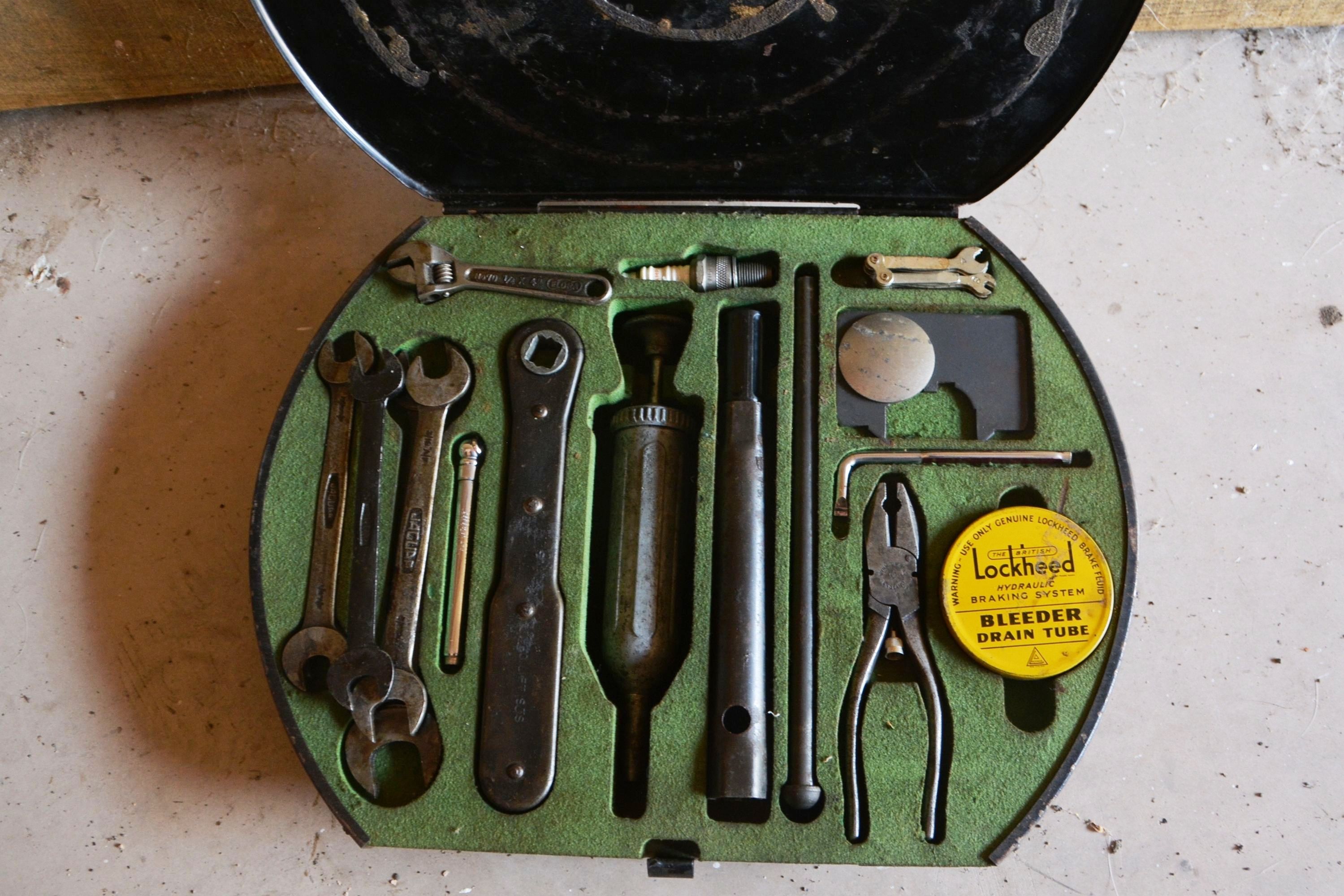 |  | 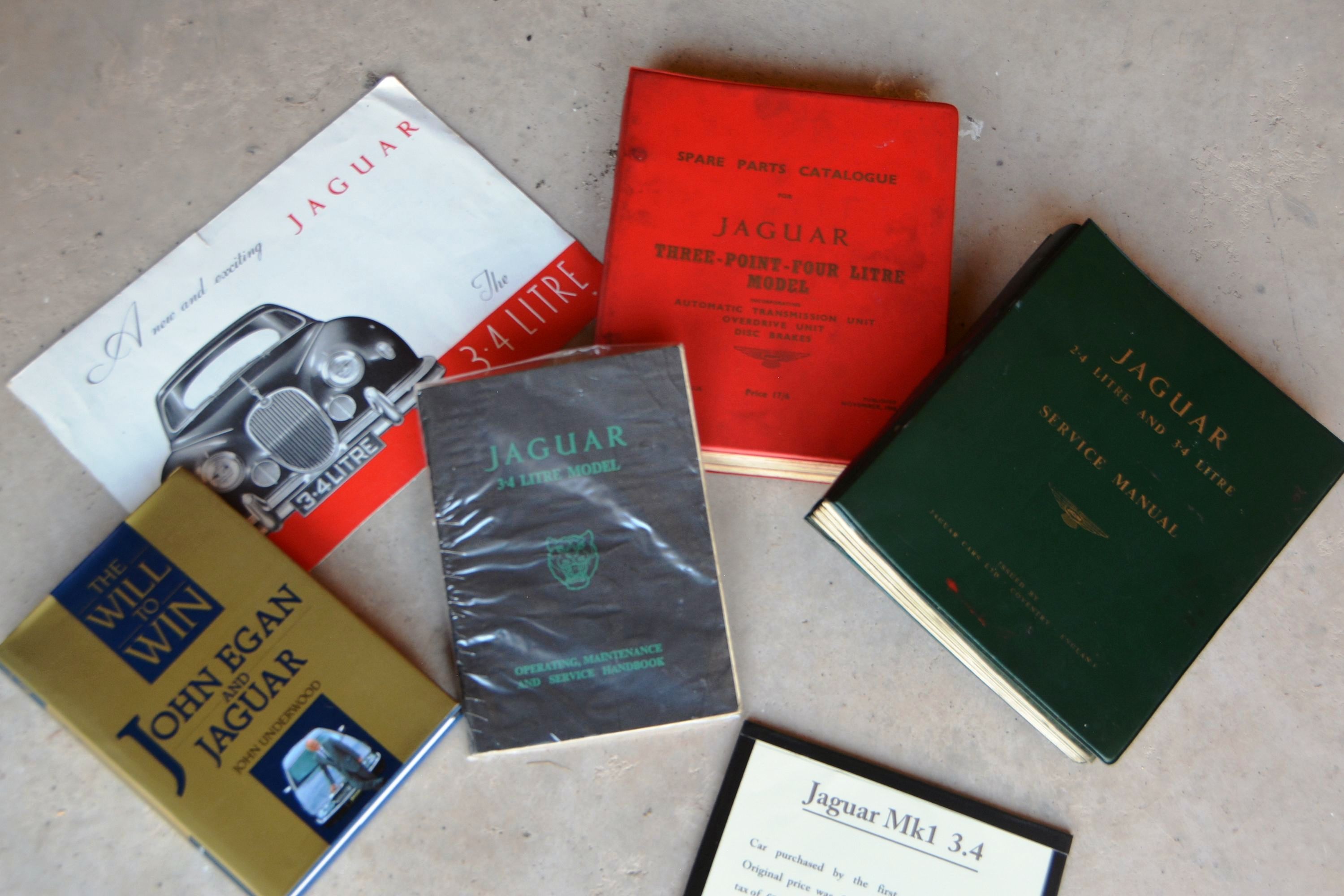 | |||||
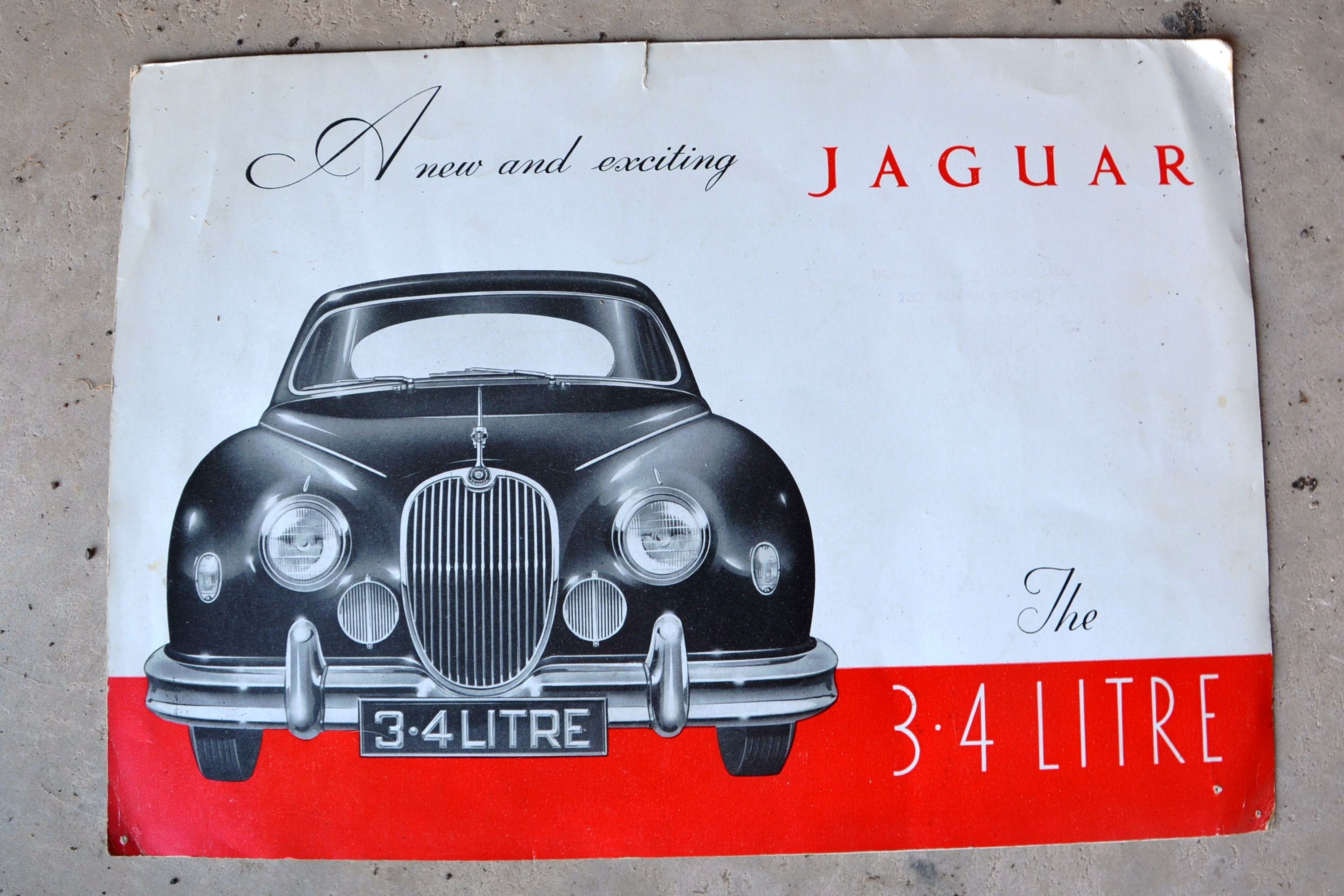 |  |
| Lot number | 121 |
|---|---|
| Hammer value | N/S (est. £25,000 - £30,000) |
| Description | Jaguar MkI 3.4 Automatic |
| Registration | XJW 222 |
| Year | 1959 |
| Colour | Grey |
| Engine size | 3,442 cc |
| Chassis No. | S975142-BW |
| Engine No. | KF2472-8 |
| Documents | V5C; V5; buff log book; many old MOTs and tax discs; original purchase invoice, handbooks etc |
The first Jaguar to be made using the unitary method of construction, the MkI was launched in 1955 and proved not only lighter but also far more rigid than the old body-on-frame cars. Stress engineering was still in its infancy in the 1950s so the MkI shell was over-engineered by modern standards and the thick door and windscreen pillars made the body even stiffer than Jaguar had hoped for.
The result was an inherently fine handling car to which relatively soft suspension could be added which paid dividends in refinement and roadholding. Being a Jaguar, it also looked superb with an air of coiled energy that put it into a different league from rival executive saloons such as the stately Humber, bulbous Standard Vanguard and matronly Rover P4.
Initially only available as a 2.4-litre, it was soon obvious that the car was crying out for more power so the magnificent 3.4-litre XK engine was also offered from 1957 onwards. With 210bhp on tap, this could propel the car to 60mph in just nine seconds on its way to a top speed of over 120mph. Four-wheel disc brakes were added at the same time which gave much improved stopping power. A natural track car, the MkI came to dominate saloon car racing of the era, racking up numerous wins in the hands of drivers like Tommy Sopwith, Roy Salvadori and Stirling Moss.
Much rarer than the MkII, only 17,405 MkI 3.4s were made before production ended in 1959 and it is thought that no more than 200 RHD examples survive today, only a handful of which are roadworthy. A good few have been converted into formidable racing machines and a small industry has also sprung up converting them into fabulous Mike Hawthorn replicas. Anyone who has been to the Goodwood Revival will tell you what a fantastic spectacle they make on the track – and how mean and moody they look in the paddock!
As the original purchase invoice confirms, XJW 222 was bought new in December 1958 by Mr Joseph Fellows of Wolverhampton for the sum of £1,864-7s-0d (including a crippling £622-7s-0d in purchase tax!). He kept the car for eight years before selling it to a Cabury's employee, John Gregory of Alvechurch, from whom the current keeper (now deceased) acquired it in 1973.
A number of rosettes and commemorative plaques in the glove box show that the car attended numerous shows and Jaguar Drivers Club rallies throughout the ‘70s and ‘80s and in April 1990 it was also featured in an episode of Top Gear, a VHS recording of which is retained in the history file along with correspondence from the BBC.
Many old tax discs back to 1984 and many old MOTs from 1998 (at 46,572 miles) to 2012 (at 48,065 miles) show that it was only very lightly used throughout this time. The odometer currently shows only 48,535 miles which may perhaps be genuine but there is insufficient paperwork to warrant this.
An automatic model finished in pale grey with a matching leather interior, it appears to be in largely original condition throughout and would now benefit from some attention to the lower bodywork. It started promptly and ran well as we moved it around for these photos.
Supplied with its original buff log book, old style V5 and current V5C, it also comes with an original sales brochure, owner's handbook, factory service manual and parts catalogue. The original toolkit is also still present and complete along with the spare wheel and wheel-changing kit.
Long undervalued, the Jaguar 3.4-litre is finally being accorded the respect it deserves and the few that survive are now increasingly sought after. With just three owners, low indicated mileage, good history and a rare assortment of period tools and handbooks, XJW 222 looks most appealing at the sensible guide price suggested.